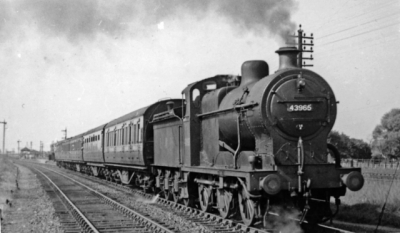
Sometime in the early 1700s, Thomas Newcomen designed the prototype for the first modern steam engine. Newcomen called it the ‘atmospheric steam engine’. What he designed later became the icon of the Industrial Revolution.
Newcomen’s invention was originally applied to power the machines used to pump water out of mine shafts. In the 1760s, Scottish engineer James Watt developed another engine with one of Newcomen’s models; he added a separate water condenser that made it far more efficient. Watt later invented a steam engine with a rotary motion in collaboration with Matthew Boulton. What Watt developed played a key role in spreading the use of steam power across British industries. This included flour, paper, and cotton mills, iron works, distilleries, waterworks and canals.
The demand for coal increased with the development of steam engines as they used coal for fuel.
Picture Credit : Google




